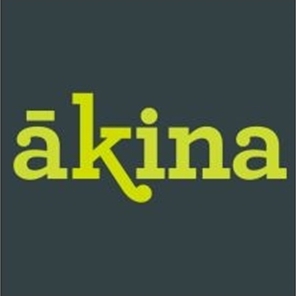Census 2001 In The Classroom
Census 2001 in the Classroom: February 2001
How did you travel to school today? Where were the students in your class born? How many school students are there in your family? These are just some of the questions school students around the country will be asking each other in the first school term of census year.
Statistics New Zealand has sent the Census 2001 Education Resource Kit to schools around the country, so that school students can learn about themselves and their communities through conducting surveys and collecting data.
"The resource kits encourage students to get involved and understand what a census is about and why we are having a five-yearly Census of Population and Dwellings on 6 March," says Government Statistician Brian Pink.
We have produced Te Kete Tatauranga for students taught in Mäori. This is being sent out to kura kaupapa Mäori, bilingual and total immersion schools this week. This is the first census education resource in te reo Mäori. It has been developed in consultation with Mäori and includes survey topics and examples of relevance to Mäori.
"These education resources are the first for the millennium, so we are focusing on trends for the last 100 years and making projections about what things will be like in the next 100 years," he says.
Some interesting facts and statistics in the resources include: The number of people who shifted house between 1991 and 1996 was equivalent to more than half of the population. In 1996, over 73 per cent of young people (12-25 year olds) lived in main urban areas (those with a population of 30,000 or more). Mäori children made up 37 per cent of the total Mäori population in 1996. Life expectancy at birth increased by about 20 years during the 20th century. New Zealand's first official statistics on population were gathered in 1840. In the 1886 Census some of the interesting occupations listed were, adventurer, globetrotter, rabbit-poison mixer and literary person.
Everyone in New Zealand is counted on Census Night. The information collected through the census is used as a basis for planning many resources we use every day, such as schools, public transport, swimming pools and libraries.
Brian Pink GOVERNMENT STATISTICIAN
END


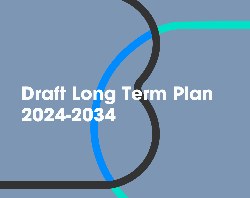 Business Canterbury: Urges Council To Cut Costs, Not Ambition For City
Business Canterbury: Urges Council To Cut Costs, Not Ambition For City Wellington Airport: On Track For Net Zero Emissions By 2028
Wellington Airport: On Track For Net Zero Emissions By 2028 Landcare Research: ANZAC Gall Fly Release Promises Natural Solution To Weed Threat
Landcare Research: ANZAC Gall Fly Release Promises Natural Solution To Weed Threat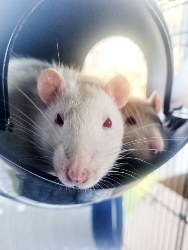 NZ Anti-Vivisection Society: Auckland Rat Lovers Unite!
NZ Anti-Vivisection Society: Auckland Rat Lovers Unite!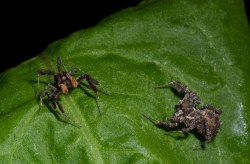 University of Canterbury: $1.35 Million Grant To Study Lion-like Jumping Spiders
University of Canterbury: $1.35 Million Grant To Study Lion-like Jumping Spiders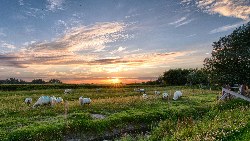 Federated Farmers: Government Ends War On Farming
Federated Farmers: Government Ends War On Farming
